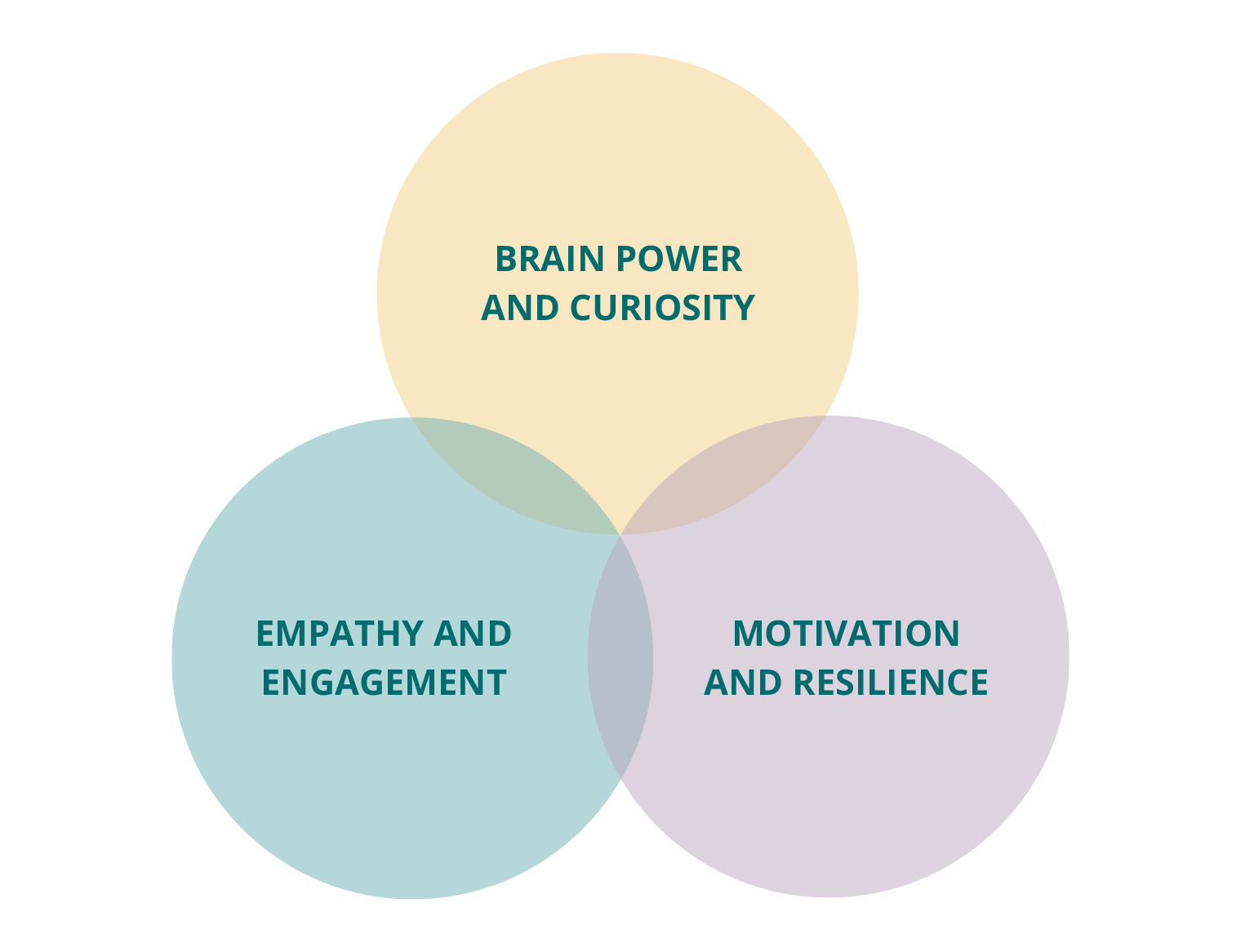Talking talent
Insight

How can P&C turn “being in the room where it happens” to organisational advantage?
Despite the rise of machines performing many tasks in business, having the right human capital within your organisation remains a key differentiator.
The war for talent, despite recent global shocks, shows no sign of abating and appointing the wrong people into key roles can prove very costly indeed. Having to unpick appointments is embarrassing, time consuming and disruptive. At the most senior levels, the impact can be material on the organisation’s ability to perform and, its market value.
Whilst being aware of the risks involved, how do businesses make objective judgements about who does and does not have what it takes to succeed and lead in their organisation? In my experience, there is widespread use of psychometric testing at the external recruitment phase and yet less emphasis once candidates are “insiders”.
As an HR insider within many organisations, I have been privy to selection discussions where a diverse slate of candidates for a senior role is presented to the executive team who having applied their considerable judgment talk themselves into appointing the known, safe pair of hands. Knowing what you are getting is seductive and I would argue, an illusion. It gets in the way of diversity, limits possibility and is demotivating for large parts of the organisation. Confusion between current performance and future potential compounds this.
This presents such an opportunity for People and Culture teams to support executives to make objective, strategic and progressive appointments. Often these teams find themselves managing the process and paperwork and frankly clearing up, rather than influencing outcomes.
Firstly, I think we need to be confident about what good looks like, there are a myriad of models of potential, expertly researched and packaged, which can feel intimidating, creating distance and a perception of an inaccessible dark art. This, I believe can provide the space for the outcomes described above. Rather than add to the complexity, I seek to simplify and demystify whilst retaining underpinning research-based validation.
Below is my way of articulating what I think potential looks like:

Let me briefly expand on each element in turn:
- Brain power and curiosity
This is about intellectual cognitive capacity, having the raw smarts and the potential to be able to think through complex problems. PLUS, the curiosity that drives an appetite to learn and be open to new ideas. - Empathy and engagement
Possessing the emotional dexterity to see the world from others’ perspectives and change our own views as a result. PLUS, the ability to use that insight to engage and inspire others. - Motivation and resilience
Having the purpose, energy and desire to deliver, PLUS, the ability to keep oneself and others going when setbacks occur, to navigate challenges positively and find solutions.
When identifying those that have the potential to progress, the old adage of” two out of three ain’t bad “does not apply. Possession of all three is important, a quick mental check of politicians globally is a very helpful way of identifying what 1 or 2 out of 3 looks like, with the occasional full house.
In business I have come across many people who are clever and very driven, however, don’t always take people with them in their desire to deliver, or those who whilst well motivated and empathetic, lead those they have engaged in the wrong direction or indeed down a well-trodden path that is no longer fit for purpose.
The good news is that there are many excellent tools available to help P&C teams bring an objective assessment of candidates’ capacity in each of these areas to selection discussions, with confidence. These can be brought in house as part of embedding a sustainable talent strategy.
